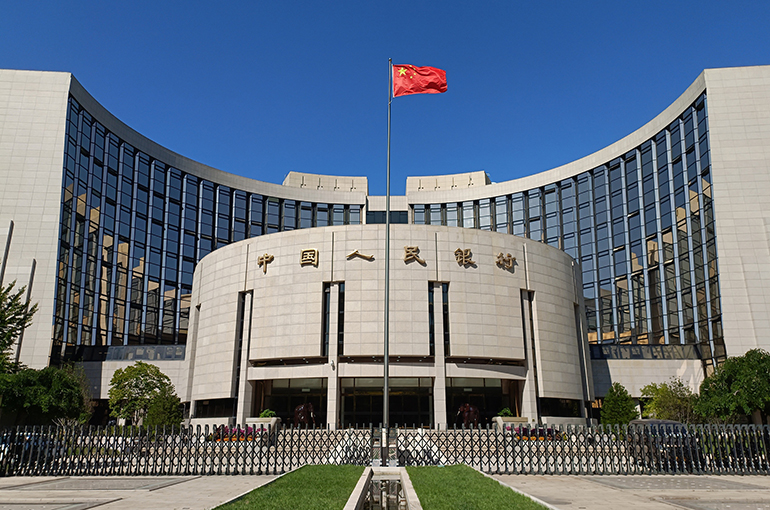Select Language:
The central bank has injected a net amount of 200 billion yuan (approximately 28.2 billion USD) into the banking system this month through its medium-term lending facility, marking the eighth consecutive month of expansion in these operations and maintaining a generally supportive monetary stance.
Yesterday, the bank issued 900 billion yuan (around 126.8 billion USD) worth of one-year medium-term loans to offset 700 billion yuan (about 98.7 billion USD) that matured this month. This resulted in a net liquidity addition slightly below the 300 billion yuan injected last month and in August.
Additionally, the central bank carried out outright reverse repurchase agreements on October 9 and 15, totaling 1.1 trillion yuan (roughly 154.9 billion USD) and 600 billion yuan (approximately 84.4 billion USD), respectively, to counteract 1.3 trillion yuan (about 183.1 billion USD) maturing in October. These operations led to a net liquidity increase of 400 billion yuan.
Combined, these medium-term lending and reverse repo operations contributed to a total liquidity boost of 600 billion yuan for the month.
The continued injection of medium-term funds reflects the coordination between monetary and fiscal policies, supporting smooth government bond issuance and better accommodating the financing needs of businesses and households, stated Wang Qing, a chief macroeconomic analyst at a leading credit rating agency.
Though the peak period for local government bond issuance has passed this year, recent steps include the finance ministry allocating an additional 500 billion yuan (around 70.4 billion USD) in bond sale quotas to address existing debt and promote effective investment. Market analysts expect government bonds to bring in a net financing of about 1 trillion yuan this month.
Looking ahead, analysts suggest China’s monetary policy will likely remain moderately accommodative throughout this quarter. The recent 25-basis-point rate cut by the U.S. Federal Reserve provides a supportive external environment for China to maintain a flexible monetary approach.
Given ongoing weakness in domestic credit demand, the troubled real estate sector, and uncertainties related to external tariffs, further easing measures by the central bank are anticipated in the future, according to experts.







